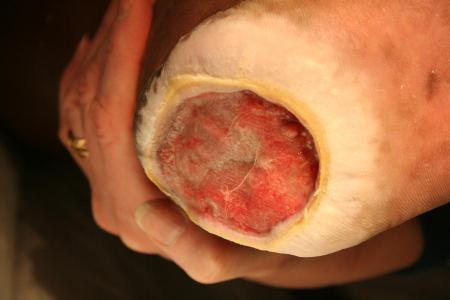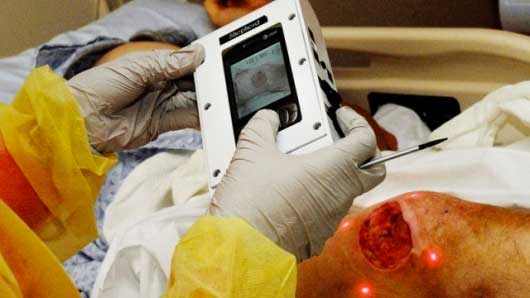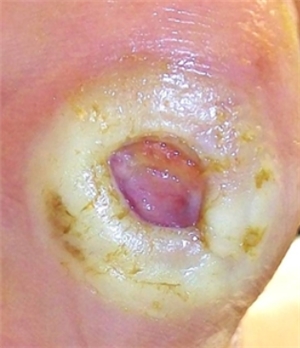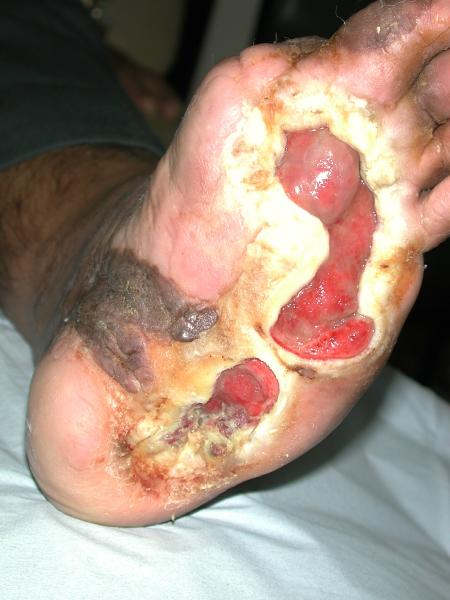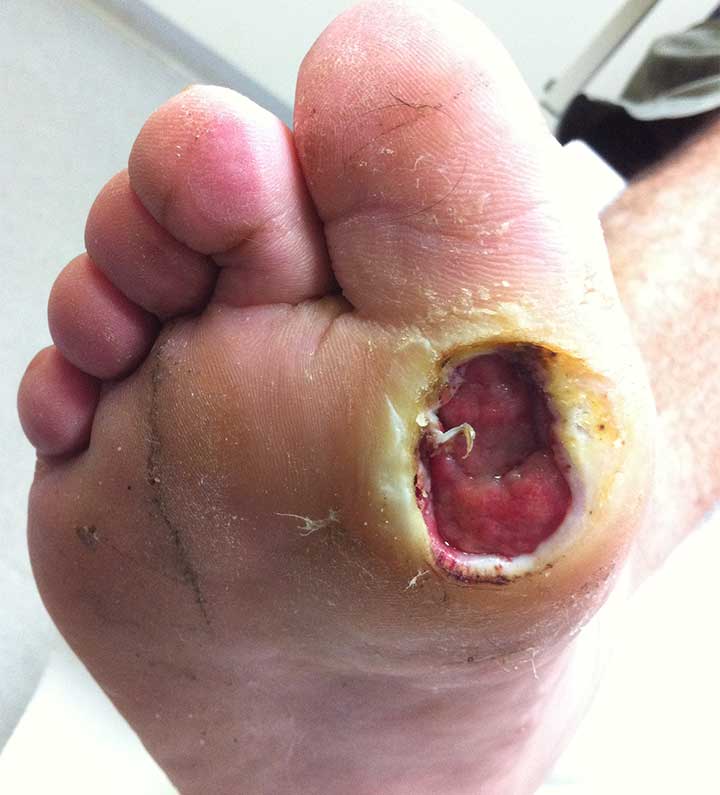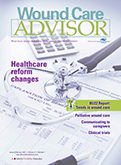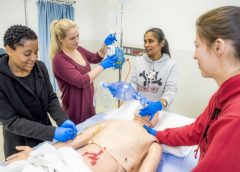Posted: February 9, 2015
One of the most important steps in achieving positive wound-healing outcomes is to choose the right wound care product. This can be tricky, challenging, and sometimes overwhelming—especially if you’re new to wound care. When I first started in wound care, I had four to five “go-to” products that I knew about. Beyond that, I had to guess what would work.…
Posted: February 9, 2015
Diabetes carries high economic burden According to a study published in Diabetes Care, the economic burden associated with diagnosed diabetes (all ages) and undiagnosed diabetes, gestational diabetes, and prediabetes (adults) exceeded $322 billion in 2012, amounting to an economic burden exceeding $1,000 for each American.
Posted: February 9, 2015
Special edition: Resources from the Buzz Report This issue, we highlight some resources from “The Buzz Report,” the popular presentation given by editor-in-chief Donna Sardina, RN, MHA, WCC, CWCMS, DWC, OMS, at the Wild On Wounds (WOW) conference, held each September in Las Vegas.
Posted: February 9, 2015
By Jeri Lundgren, BSN, RN, PHN, CWS, CWCN The challenge of preventing pressure ulcers is won through our frontline staff—the patient’s caregivers. Caregivers deliver most of the pressure ulcer preventive interventions, such as turning and repositioning, floating the heels, and managing incontinence. That’s why it’s imperative to communicate the patient’s plan of care directly to the caregivers.
Posted: February 9, 2015
By Kathleen D. Schaum, MS Qualified healthcare professionals (QHPs), such as physicians, podiatrists, physician assistants, nurse practitioners, and clinical nurse specialists, are taught to diagnose the reasons that chronic wounds aren’t healing and to create plans of care for aggressively managing the wound until it heals. Wound care professionals—nurses and therapists—are taught to implement those plans of care. All of these…
Posted: February 9, 2015
By Kari Olson Finnegan, BSN, and Liz Ferron, MSW, LICSW If you have at least one parent age 65 or older and are raising children or financially supporting a child age 18 or older, you’re part of the Sandwich Generation. Coined in 1981 by social worker Dorothy Miller, the term originally referred to women, generally in their 30s and 40s,…
Posted: April 6, 2015
By Donna Sardina, RN, MHA, WCC, CWCMS, DWC, OMS Keeping clinicians up to date on clinical knowledge is one of the main goals of the Wild On Wounds (WOW) conference,held each September in Las Vegas. Each year, I present the opening session of this conference, called “The Buzz Report,”which focuses on the latest-breaking wound care news—what’s new, what’s now, and…
Posted: February 9, 2015
By Gail Rogers Hebert, MS, RN, CWCN, WCC, DWC, OMS, LNHA The World Health Organization defines palliative care as “an approach that improves the quality of life of patients and their families facing the problem associated with life-threatening illness, through the prevention and relief of suffering by means of early identification and impeccable assessment and treatment of pain and other…
Posted: February 9, 2015
By Catherine E. Chung, PhD, RN, CNE, WCC As a wound care clinician, you teach patients about medications, wound treatments, the plan of care, symptoms of complications, wound physiology—you teach a lot. And most patients probably smile and nod when you ask, “Do you understand?” However, health literacy research has shown that only 12% of the U.S. population is fluent…
Posted: February 9, 2015
By Susan Beard, RN, BS, CWOCN Suppose you’re reading an article on a new product that states the product has been through a series of clinical trials before marketing. What does this mean? Who was involved? As a clinician, could you initiate or be involved in a clinical trial of a new product? Who are clinical trial subjects, and what’s…

